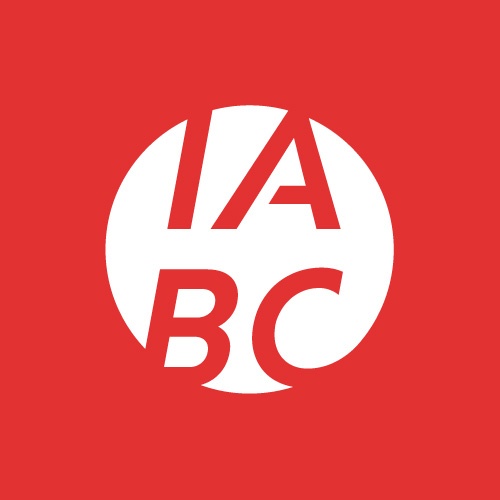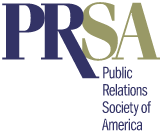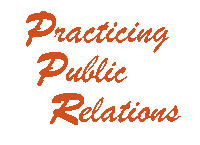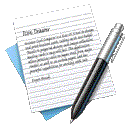Writing for public relations
- Memo Writing (2 pages) explains the basic format of the common interoffice "memo," more formally known as a "memorandum," and offers tips on how to write one. Memos are not considered special public relations documents because they're so widely used in most business and office operations, but they are one of the most common, and perhaps most important, types of writing public relations practitioners do on a daily basis.
- Writing a Script for a Speech (2 pages) describes some of the differences between "writing to be heard" and "writing to be read," offers suggestions for getting started on writing a script, and highlights some formating tips that will make the finished speech easier to read and less likely to be misinterpreted.
- Writing a Mini-Biography (1 page) offers tips for writing a one-page or shorter narrative about someone’s professional interests and accomplishments that can be used to provide general background about them or to introduce them if they are making a speech or other presentation. Many PR people maintain up-to-date mini-bios of all the key people in their organizations.
- Resume Writing (2 pages) offers suggestions that will help put your best foot forward if you're applying for a communication job. The use of resumes, like mini-bios, is not limited to the public relations field, but it can be argued that your resume should be treated as your most basic and most important public relations tool because it's a primary way you present and "sell yourself" to a prospective employer.
Public relations planning
- Strategic planning for public relations (4 pages) is a template for developing a strategic plan that identifies an organization's key publics, its relationship goals, and the over-arching guidelines it wants to use to gain and maintain those relationships. It consists of a one-page description of the planning process and a three-page blank grid that can be filled in by answering ten key questions. (This grid may be used as a stand-alone, but it is much more likely to be useful if you first read the sequence of online articles that begins with Public relations planning is essential.)
- Tactical planning for public relations (2 pages) describes a subsequent set of steps in the planning process. It moves from the broad and long-term perspective of strategic planning to more specific and immediately-focused action steps that will lead to intermediate objectives and ultimately to accomplishing long-term goals. Unlike the strategic plan cited above, this is a descriptive document and not a fill-in-the-blank template.
Crisis communication
- Performing public relations during a crisis (2 pages) offers suggestions that will help you get your organization through a critically difficult situation with as little damage as possible to its reputation, credibility, and important relationships. While PR people are rarely responsible for resolving crisis situations, they do have a tremendous impact on what people think and say about them.
- Six Steps to Preparing a Rudimentary Crisis Communication Plan includes a tipsheet (5 pages) and formatted worksheet (2 pages) for developing a crisis communication plan. It may not have the bells and whistles of some plans nor the ready-to-use, one-size-fits-all appeal of others, but it is a good starting point for a basic but custom-tailored crisis communication plan for an organization that does not yet have one.
Media relations
- News releases (4 pages) explains how to prepare ready-to-use news stories that will appeal to reporters and editors to increase your chances of getting the type of media coverage you want for your organization, event, or issue. Ideally, releases will be published or broadcast exactly as they were written.
- Media alerts & advisories (2 pages) offers suggestions for providing written notification to the media of upcoming events, news conferences, meetings, and other happenings that an editor might want a reporter to report about. Such alerts are background for the media and are not meant to be published or broadcast. (Note: this tipsheet does not address online Web postings, follow-up telephone calls, or the use of other electronic messaging systems.)
|
Practicing Public Relations
homepage
Online Readings in
Public Relations

Public relations
Codes of Ethics

Key Professional Organizations for
Public Relations
Practitioners
International Association of
Business Communicators

Public Relations Society
of America

05/29/2024
|





